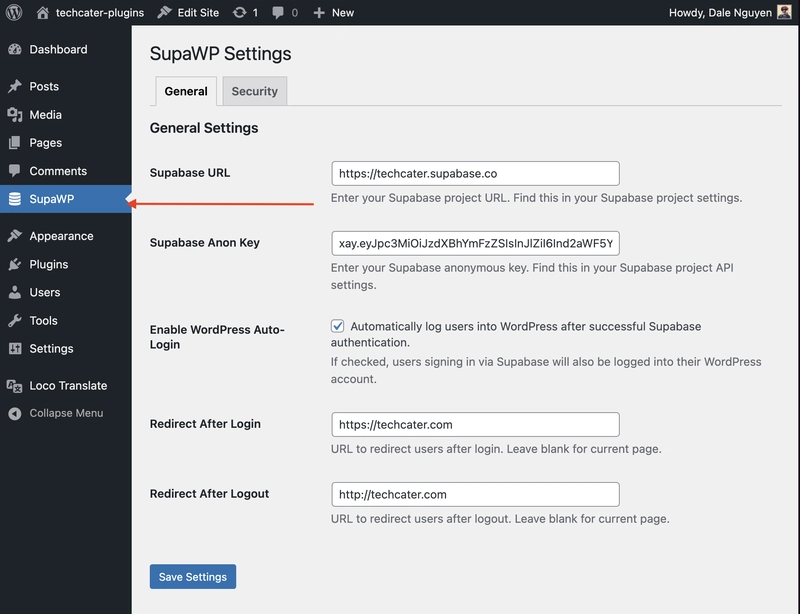What Recourse Does the Supreme Court Actually Have?
As the Trump administration talks itself into refusing to comply with judicial orders, federal judges are moving closer to deploying the most powerful tool they have: contempt of court.

Since early February, when Vice President J. D. Vance posted on X that “judges aren’t allowed to control the executive’s legitimate power,” the United States has been inching nearer and nearer to the moment when the White House directly defies an order of the court. So far, that moment doesn’t appear to have arrived—in part because the Trump administration can’t quite commit to its own authoritarian posturing. But new developments in two court cases, both concerning Donald Trump’s blatantly illegal rendering of detainees to a Salvadoran megaprison, may soon push the constitutional system into an unambiguous crisis. As the administration talks itself into refusing to comply with judicial orders, federal judges are moving closer to deploying the most powerful tool they have: contempt of court. Even that tool might not be powerful enough.
In retrospect, it makes perfect sense that Trump’s most aggressive attack on the judiciary would arrive in the context of immigration, an area where he has always insisted on the vastness of presidential power, using rhetoric of apocalyptic urgency. The plan to ship Venezuelan migrants to El Salvador’s Terrorism Confinement Center (CECOT) fit perfectly within that framework: The administration declared these men to be “alien enemies” on the basis of their supposed membership in the gang Tren de Aragua, worked to spirit them out of the country in secret, and failed to turn the planes around even when a federal judge told them to halt the removal. That case, J.G.G. v. Trump, focuses on the Venezuelans now imprisoned in CECOT, along with others still in the United States who fear that they may be transported to El Salvador. The second case, Abrego Garcia v. Noem, concerns a Salvadoran man, Kilmar Abrego Garcia, who was shipped to CECOT by mistake after the administration disregarded an immigration judge’s order shielding him from being returned to his birthplace, where he feared persecution.
[Stephen I. Vladeck: What the courts can still do to constrain Trump]
J.G.G. and Abrego Garcia have been moving along parallel tracks. Both rocketed up to the Supreme Court in recent weeks and then back down again to their respective district judges. On April 15, Judge Paula Xinis, of the U.S. District Court for the District of Maryland, convened a hearing in Abrego Garcia and ordered the Justice Department to prepare to hand over information on its apparent lack of interest in complying with her orders to facilitate Abrego Garcia’s return. The next day, Judge James Boasberg, of the U.S. District Court for the District of Columbia, ruled in J.G.G. that the government appeared to have “deliberately flouted” his order not to remove any migrants to El Salvador. He gave the administration two choices: either clear the way for the men wrongfully imprisoned in CECOT to challenge their detention in U.S. courts, or tell the judge exactly which official made the decision to disobey his order. Boasberg is a bit ahead of Xinis here, but both judges are heading toward finding the administration in contempt of court.
Of all the tools available to judges to force litigants to behave, contempt is the most powerful. It can take two forms: criminal contempt, which is backwards-looking and seeks to punish past disregard of the court; and civil contempt, which is forward-looking and is a means by which to force compliance. (A common adage maintains that someone placed in civil contempt “holds the keys to his own cell”: He can get out of the punishment at any time by agreeing to do what the judge wants.) It’s not yet clear which form Xinis might have in mind. So far, Boasberg’s threat is of criminal contempt, meaning that the individual responsible for sending those planes to El Salvador would face prosecution—likely by a court-appointed attorney, assuming that Trump’s Justice Department declines to take the case.
This sounds very dramatic, and indeed it would be. Imagine: Stephen Miller or Kristi Noem in the dock! But neither judge is spoiling for a fight. “The obvious intent is to give the government an off-ramp,” David Noll, a law professor at Rutgers Law School who has written about the options that courts have to enforce their orders, told me. In J.G.G., the government could make all of this go away simply by giving the CECOT prisoners their day in court.
The problem is that this administration is pathologically incapable of taking off-ramps. At every stage, the White House and the Justice Department have rhetorically doubled down, and then doubled down on doubling down—even as they seek refuge in linguistic minutiae to argue that they’re not technically defying the courts. A contempt order would make that tactic difficult to sustain.
[Peter Wehner: America’s mad king]
Punishments for contempt can take the form of financial penalties—which can be steep—or even incarceration. If Boasberg moves forward with criminal contempt, however, Trump will have the ability to issue a pardon to short-circuit the proceedings. (The Supreme Court asserted blithely in 1925 that such a misuse of the power could be resolved by the president’s impeachment, which does not sound very reassuring today.)
There are other hypotheticals. What if a judge ordered the U.S. Marshals to seize funds or take someone into custody, but the Justice Department—which ultimately oversees the Marshals—ordered them not to comply? (Noll writes that, in an instance of civil contempt, courts can deputize others to carry out their orders.) What would the Supreme Court do in that situation?
Ultimately, asking what would happen in such a circumstance is like consulting the Monopoly rulebook for instructions about what to do if somebody flips over the board. At that point, we are playing a different game. As to what rules might then guide us, I am reminded of reporting from my Lawfare colleague Anna Bower, who arrived at Judge Xinis’s April 15 hearing to find protesters gathered outside demanding Abrego Garcia’s return home. From inside the courthouse, even as the Justice Department lawyer battled with Judge Xinis, she could hear their chanting.










































































